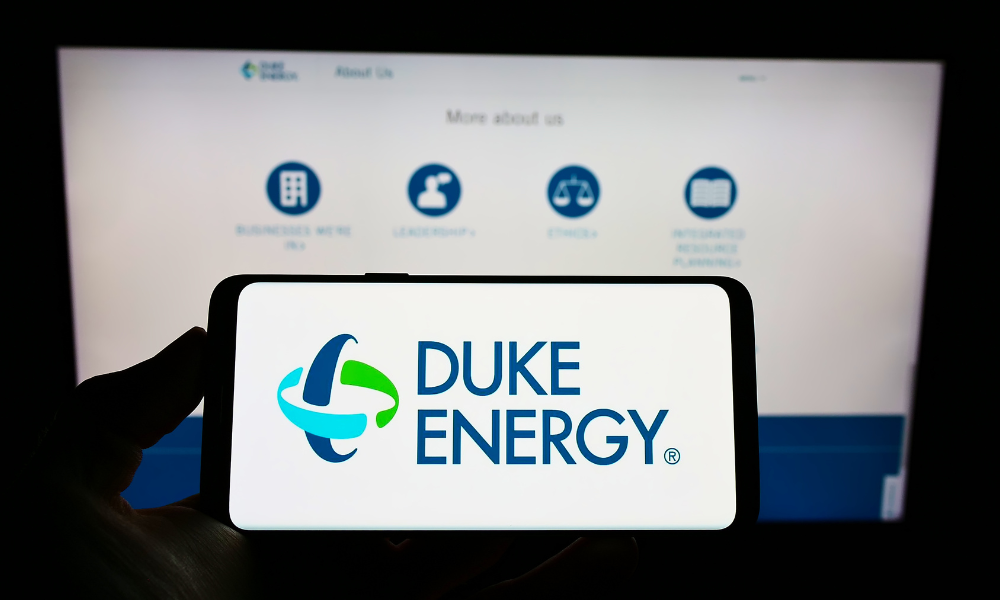Brookfield invests in Duke’s Florida utility as electricity demand spikes and capex hits US$87 billion

Brookfield Asset Management will invest US$6bn in a phased acquisition of a 19.7 percent stake in Duke Energy’s Florida utility, as Duke expands its five-year capital plan to US$87bn to meet surging US electricity demand.
According to Duke, the all-cash transaction will be deployed through 2028 and will support its grid expansion, generation modernisation, and debt reduction efforts.
The deal, announced Tuesday, forms part of Brookfield’s Super-Core Infrastructure strategy and will be completed in stages starting next year.
The transaction is expected to close in early 2026, pending review by the Federal Energy Regulatory Commission, the Committee on Foreign Investment in the United States, and potentially the US Nuclear Regulatory Commission.
As reported by the Financial Post, the Florida-focused capital plan will rise by US$4bn to reach US$16bn through 2029, with electricity demand in the state accelerating due to strong residential and commercial growth.
Florida recorded the fastest population increase in the US last year, behind only Texas.
Following the 2024 hurricane season, Duke also secured regulatory approval to recover US$1.1bn in storm-related costs.
To further fund the capex increase, Duke will also sell its Tennessee-based Piedmont Natural Gas business to Spire for US$2.8bn, in a deal announced last week.
“The transactions... really position the company for the growth ahead with the capital expansion, the generation modernization and grid work in front of us,” said Duke CFO Brian Savoy in an interview with Reuters.
Duke’s strategy aligns with a broader trend among US utilities leveraging minority equity sales to finance infrastructure investment without diluting shares or increasing debt.
American Electric Power sold a stake in its transmission business to KKR & Co. and PSP Investments earlier this year, while FirstEnergy divested a further interest in its transmission unit to a Brookfield affiliate in 2023.
“We are seeing this all over,” said Glenrock Associates analyst Paul Patterson, noting that utilities increasingly prefer this model over traditional equity or debt issuance.
The utility, which operates in six US states, is responding to electricity demand pressures driven by artificial intelligence infrastructure, electrification of transport and industrial sectors, and broader population growth.
The US Energy Information Administration forecasts record power consumption in 2025 and 2026.
Duke also released its second-quarter earnings Tuesday, reporting adjusted earnings of US$1.25 per share, up from the average analyst estimate of US$1.18, according to LSEG data.
Shares rose 2.6 percent in early New York trading, hitting a record high.
Revenue increased to US$7.5bn from US$7.17bn a year earlier.
Adjusted earnings in the electric utilities segment grew to US$1.19bn from US$1.12bn, supported by higher retail rates.
However, the gas utilities segment remained flat at US$6m, pressured by higher operating and maintenance expenses.
Duke expects to begin rate case hearings in the fourth quarter, with new rates anticipated to take effect by early 2026.


